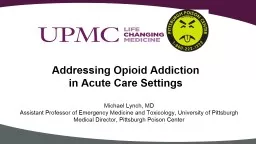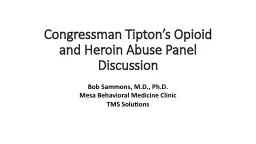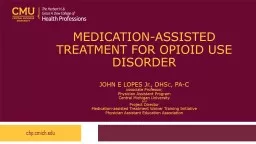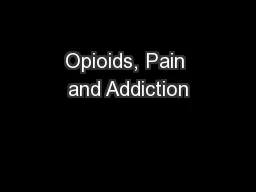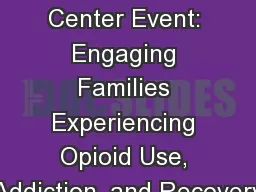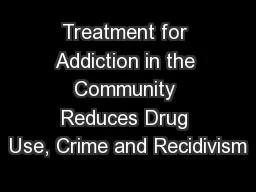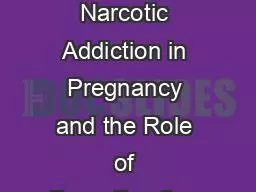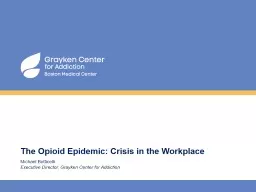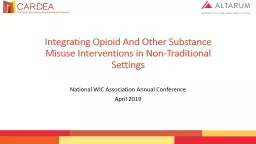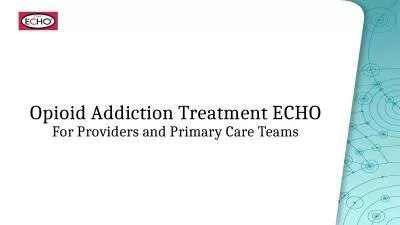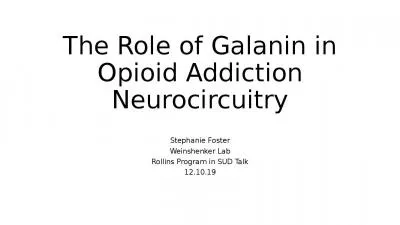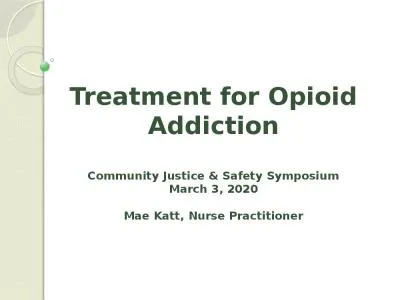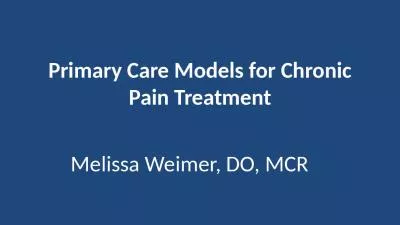PPT-Addressing Opioid Addiction in Acute Care Settings
Author : myesha-ticknor | Published Date : 2019-03-05
Michael Lynch MD Assistant Professor of Emergency Medicine and Toxicology University of Pittsburgh Medical Director Pittsburgh Poison Center 2017 US Overdose
Presentation Embed Code
Download Presentation
Download Presentation The PPT/PDF document "Addressing Opioid Addiction in Acute Car..." is the property of its rightful owner. Permission is granted to download and print the materials on this website for personal, non-commercial use only, and to display it on your personal computer provided you do not modify the materials and that you retain all copyright notices contained in the materials. By downloading content from our website, you accept the terms of this agreement.
Addressing Opioid Addiction in Acute Care Settings: Transcript
Download Rules Of Document
"Addressing Opioid Addiction in Acute Care Settings"The content belongs to its owner. You may download and print it for personal use, without modification, and keep all copyright notices. By downloading, you agree to these terms.
Related Documents

